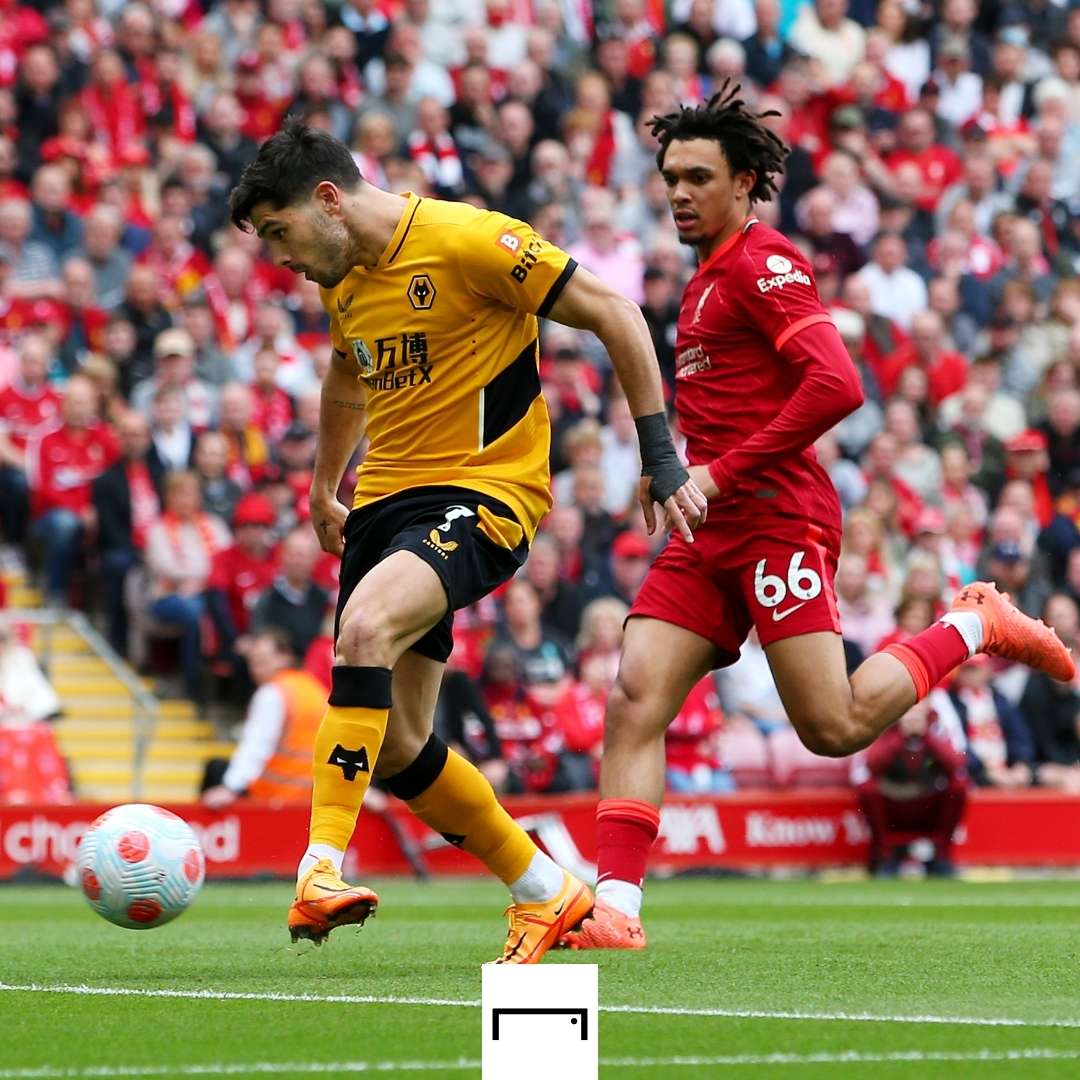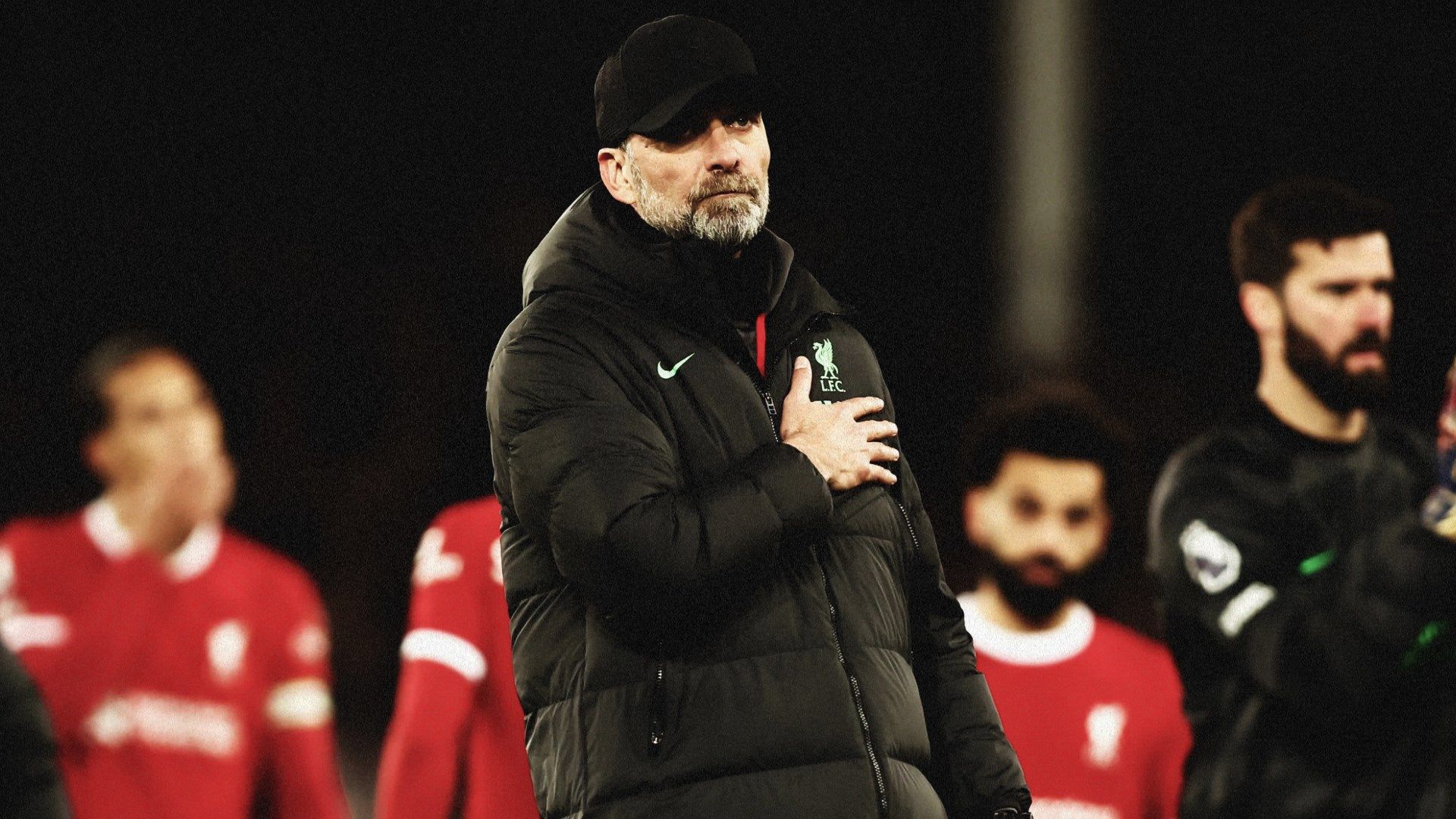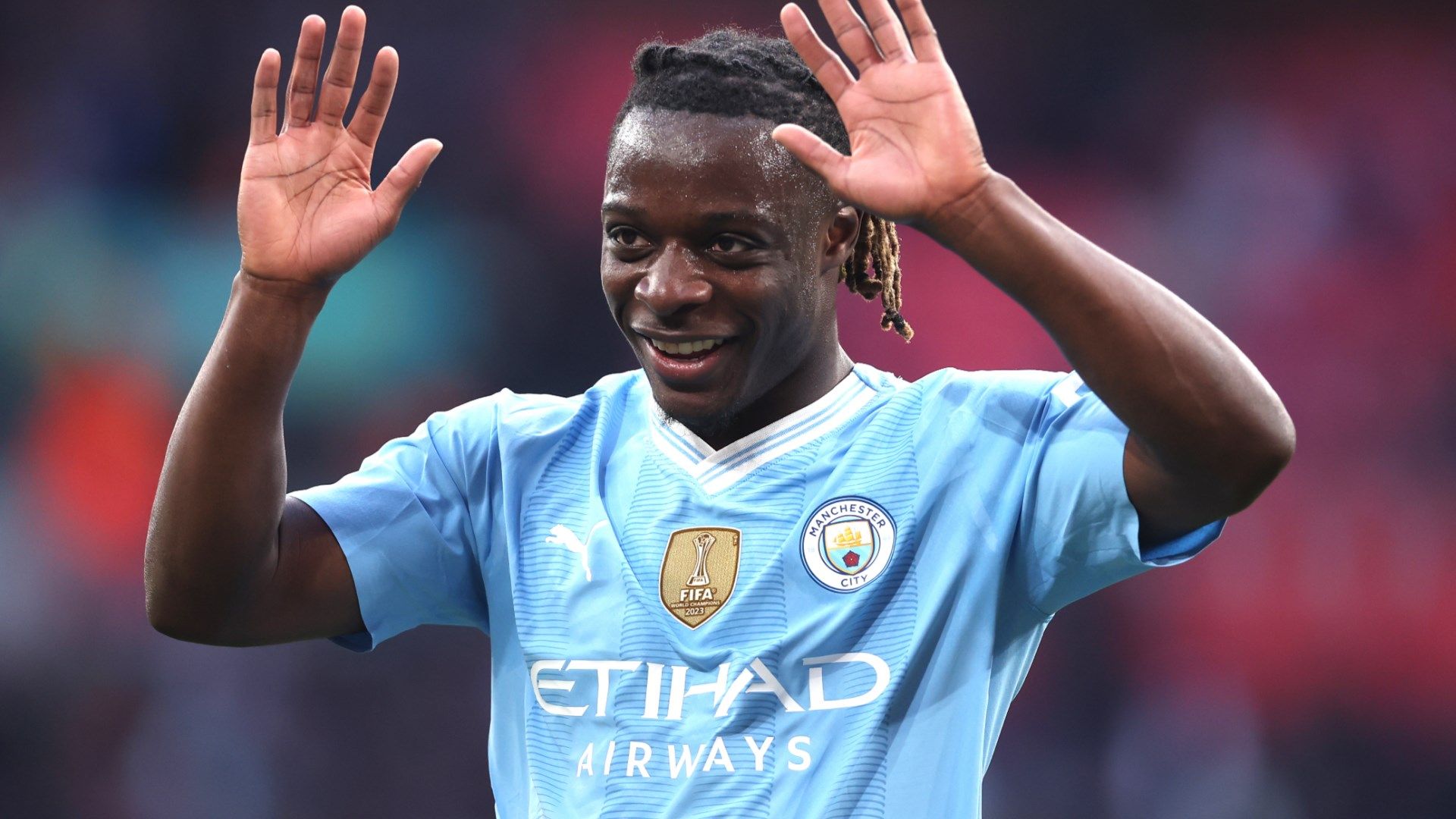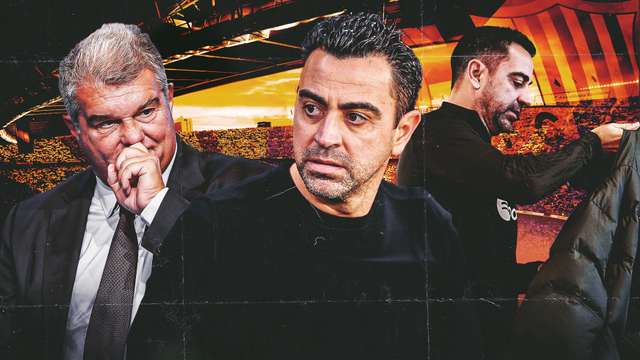A cursory glance at the predicted line-ups for Saturday’s Champions League final is all it takes to spot the game’s most important head-to-head, the battle for space and for supremacy that will likely define which of Liverpool or Real Madrid lifts the trophy in Paris.
Vinicius Junior versus Trent Alexander-Arnold: the impossibly-quick left winger up against the right-back who can struggle defending one-on-ones.
Liverpool’s crucial attacking weapon up against Real’s most important counterattacker. Neither is likely to pin the other, and neither is likely to fully succeed in their defensive mission.
It is also the key battle that best represents the respective managers’ tactical styles and the pattern that will emerge over the 90 minutes.
Carlo Ancelotti, a hands-off tactician most skilled at finding balance amongst egos, has noted his team’s relative weakness in 2021-22 and sensibly decided on a purely counterattacking approach in the Champions League.
Real sit right back, absorbing pressure for long periods before utilising the experience of their best players to break at just the right moments.
This was most noticeable in the two legs against Paris Saint-Germain, when fear of Kylian Mbappe’s pace saw a particularly extreme example of remaining in a hunched formation that drew PSG forward – limiting the French side’s capacity to play with speed.
Consequently, it is safe to assume Real Madrid will again enact this system against Jurgen Klopp’s lethal front line, especially given that numerous opponents this season (including their most recent, Wolves) have shown that Liverpool’s high defensive line can look vulnerable.
 Getty/GOAL
Getty/GOALVinicius is generally the target of these direct, long balls that are whipped in behind by Luka Modric or Toni Kroos as they pick up possession on the back of opposition midfielders.
Much rests on Liverpool’s counter-press being strong enough to squeeze this space and prevent the pass.
Should the ball get to Vinicius, Alexander-Arnold is unlikely to be in the right position to stop him. Instead, it will be left to the right-sided centre-back and the right central midfielder to shift across and cover.
Fabinho is expected to return from injury just in time, meaning Jordan Henderson may perform the latter task effectively.
However, Vinicius’ threat is primarily the result of Karim Benzema’s brilliant work dropping off the front line to link play, particularly in explosive moments when Real Madrid make use of the attacking transition – and particularly by leaning left to connect with Vinicius.
Together, these two wreak havoc and Liverpool will be highly susceptible when Alexander-Arnold is caught ahead of the ball.
As Benzema comes out to the left, dragging a centre-back with him, space tnds to open centrally for Vinicius to make central runs.
This combination is a serious danger to Liverpool, and that’s before we get to the more obvious threat: a direct head-to-head in the dribble.
There will be many occasions in this match when Liverpool are set in their defensive formation and Madrid, from a throw-in or a free-kick, are left to probe in the final third. Here, the straight fight clearly favours the faster player Vinicius.
The battle between Vinicius and Alexander-Arnold is just as critical at the other end. The Brazilian is a hard-working player but not exactly known for his defensive capabilities.
In fact, Real are likely to defend in a 4-4-2 off the ball, with Federico Valverde dropping into the midfield line as Vinicius remains higher with Benzema.
That is the plan, at least, but Ancelotti’s team won’t get their own way – and Liverpool ought to be able to manipulate a battle between Alexander-Arnold and Vinicius that goes in their favour.
Aware of the threat down Real’s left, Klopp may choose to attack predominantly down the opposite flank where Luis Diaz and Andrew Robertson will target Dani Carvajal.
By doing so, Liverpool will drag the Real team across to that side of the pitch, forcing Valverde right out to the wing and pressuring Vinicius into dropping to form a 4-5-1 on the other side.
From here, with one diagonal switch Liverpool can find Mohamed Salah one on one with Ferland Mendy and Alexander-Arnold supporting.
Vinicius will be scrambling to help in these moments, but he is highly unlikely to prevent the Liverpool right-back from swinging his trademark crosses into the box.
This is the tactical situation most likely to occur across the first hour of the match, at least if Liverpool are at their best.
Klopp’s side are a lot stronger than Real and ought to win comfortably, pressing onto the Real midfield to stop the ball from getting to Vinicius in dangerous and exposing positions.
But Ancelotti could make a substitution that flips the game’s key battle in Real Madrid’s favour.
Eduardo Camavinga has come off the bench in each of Real’s last five Champions League matches and has made a telling impact in each one. His verticality flicks a switch as legs tire.
The 19-year-old’s progressive passing and incisive dribbling tends to break games open, and after such an exhausting campaign Liverpool may tire in the middle of the park towards the end of the 90 minutes.
Should that happen, Camavinga can take over the job of feeding Vinicius into the spaces behind Alexander-Arnold.
Technically and tactically, Liverpool are the superior team. But Real Madrid are potentially smarter in these situations and perhaps fitter, too.
Klopp needs to make a fast start or risk the game slipping away from him. He needs Alexander-Arnold to take a decisive advantage in his crucial, title-deciding tussle with Vinicius Junior.


.jpg?auto=webp&format=pjpg&width=640&quality=60)
.jpg?auto=webp&format=pjpg&width=640&quality=60)

